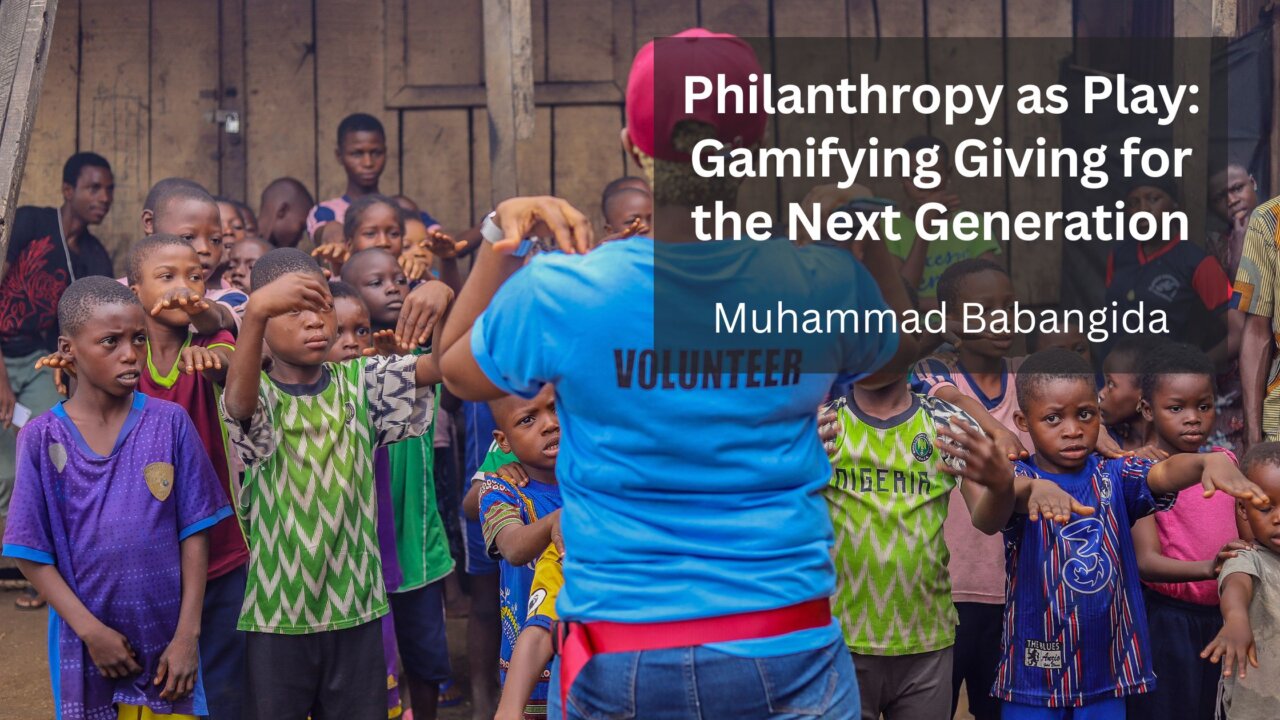For today’s youth, screens are second nature and interactive engagement is expected. So, what happens when philanthropy meets play? Enter the era of gamified giving—an innovative approach that transforms charitable acts into engaging, fun experiences that resonate with younger generations. Far from trivializing generosity, this strategy is redefining how kids and teens understand—and participate in—doing good.
Gamification integrates elements of game design—points, badges, leaderboards, and challenges—into non-game environments to motivate behavior. Applied to giving, it makes acts of kindness more relatable and tangible for digital natives. Whether it’s a classroom competition to collect the most canned goods or an app that tracks “kindness streaks,” gamified philanthropy taps into kids’ desire to play, share, and achieve.
The brilliance of this model lies in how it blends education with action. Kids aren’t just giving—they’re learning about empathy, social responsibility, and real-world issues through interactive challenges. For example, platforms like “Freerice” let users answer trivia questions to earn donations of food, while apps like “Charity Miles” allow families to earn money for causes by walking, biking, or running together.
Schools and nonprofits are also embracing gamification to boost participation. Some create digital passports that reward students for volunteering, recycling, or attending service events. Others host city-wide scavenger hunts where each clue teaches about a social issue. The result? An engaged community of young people who view philanthropy not as an obligation but as an adventure.
Crucially, gamified giving offers something beyond instant gratification—it builds habits. By making charity feel fun and rewarding, kids are more likely to continue giving as they grow. Over time, these playful interactions evolve into deeper awareness and a lifelong commitment to impact.
Moreover, gamification provides a sense of agency. In a world where young people often feel powerless, earning a badge for cleaning a park or donating birthday gifts shows them they can make a difference—even on a small scale. And when giving becomes something they look forward to, it’s no longer “one more thing to do,” but part of who they are.
Conclusion:
By gamifying philanthropy, we’re not just capturing kids’ attention—we’re cultivating their hearts. In a world that needs compassion and creativity more than ever, turning generosity into a game may be the smartest move we make for the next generation.
